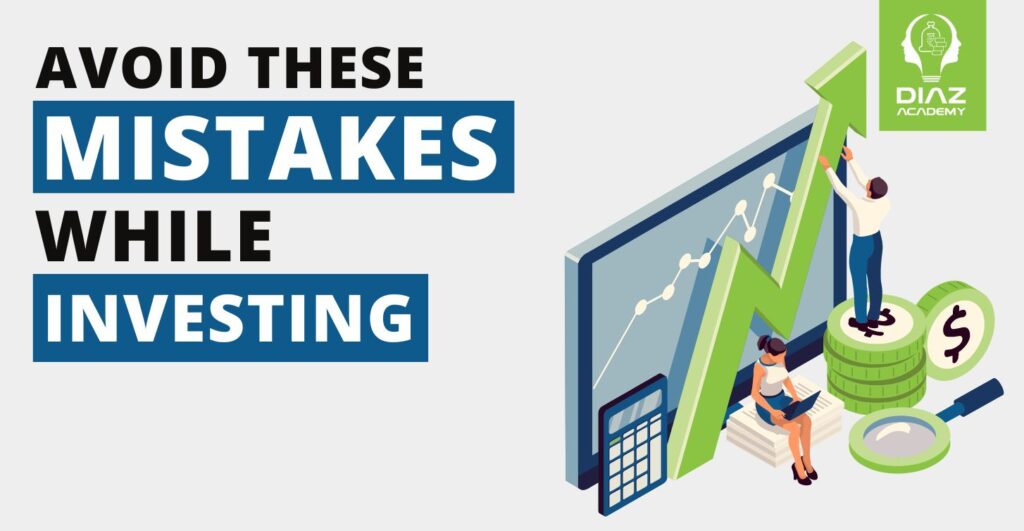Two monks were on the same journey. When they got to the edge of a river, they saw that the bridge was broken. They had to go through the river. A woman was asking for help while she stood at the banks. The older monk put her on his back and carried her across the river. The younger monk was surprised that he was carrying a woman on his back, but he didn’t say anything. When they got to the other side of the river, the monk let the woman down and they went separate ways. The younger monk kept quiet even though he was getting more and more angry about this. He finally yelled at the older monk, “How can you say you’re a monk when you know we’re not allowed to touch women?” All of the things you taught were just lies.” The older monk looked surprised and asked, “I left that woman on the bank of the river hours ago. Why are you still carrying her?”
Even when we invest, we often bring the past with us. A good example is the fall of 2008. After the dot-com bust of 2000, the Sensex fell for a while. Then, from 2003 to 2008 (see graph), it went on a major bull run, rising more than six times before the global financial crisis hit. It dropped 61% from its highest point, and after that, many people stopped looking at the markets. After such a long run up, maybe no one had ever seen such a big drop. It was funny, but some people even stopped reading business newspapers, only to find out that the drop was short-lived and that the market had already recovered. From 2003 to 2012, a total of 10 years, the markets went through two major upswings and one major downswing. From 2012 to 2021, the markets have grown three times, from 20,000 to 60,000. So, the markets teach us that we shouldn’t “carry” the past in our minds and that we should keep investing to make money in the long run.


